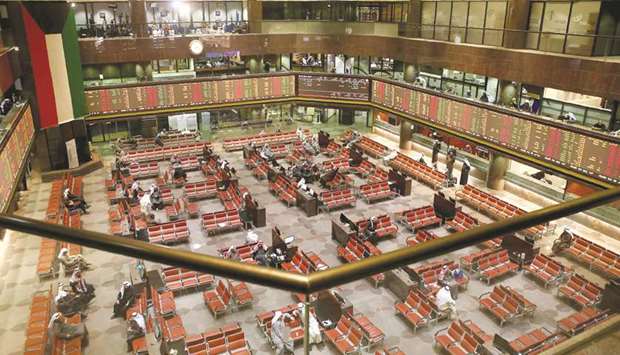The presence of unusually high number of banks and the fall in profitability linked to low oil price environment have triggered the need for consolidation among GCC banks, Markaz (Kuwait Financial Centre) has said in a report.
GCC countries have witnessed a surge in high-profile merger announcements in recent times, especially in the banking sector. It would also help in scaling up operations and widening the geographic scope for these banking institutions, Markaz said.
Markaz report stated that GCC countries are set to grow at a strong pace in 2019. Combined growth in the region is expected to be at 3% this year. Oman and Kuwait will be the leaders in terms of real GDP growth, registering 5% and 4.1% growth rate in 2019.
Kuwait is also well positioned in terms of fiscal balance, which is expected to be at 12% of GDP in 2019.
GCC countries have made “significant” efforts to reform and increase investments to improve their level of competitiveness. Qatar and Kuwait among others are in the process of implementing policies to ease the time and cost of starting a business. Kuwait has been ranked 7th globally by World Bank in paying taxes category in its doing business report.
The region contains some of the world’s most competitive economies, such as Qatar, which is ranked 25 out of 137 countries on the Global competitive index. With a growing youth population in GCC region, creating employment opportunities in the private sector is crucial to ensuring a prosperous future.
The macroeconomic environment and labour market efficiency are the two areas where GCC region still lags behind. Efficiency and productivity could be improved by continued privatisation, reducing regulatory barriers to entry for domestic companies, and making business environments more welcoming for foreign direct investment and more conducive to the growth of small- and medium-sizes enterprises, Markaz said.
On oil prices, Markaz said 2018 witnessed significant volatility in oil prices particularly during the second half of the year. The oil price breached $86 per barrel in October, 2018 before retreating to close at $60 per barrel mark.
Various investment banks have forecasted their expectation on oil price in 2019 varying between $61 and $73 a barrel. The extension of production cut may ease the pressure on oil price in the short-term. Still any possibility of upward movement in oil prices beyond $80 remains bleak as the production continues to rise elsewhere.


